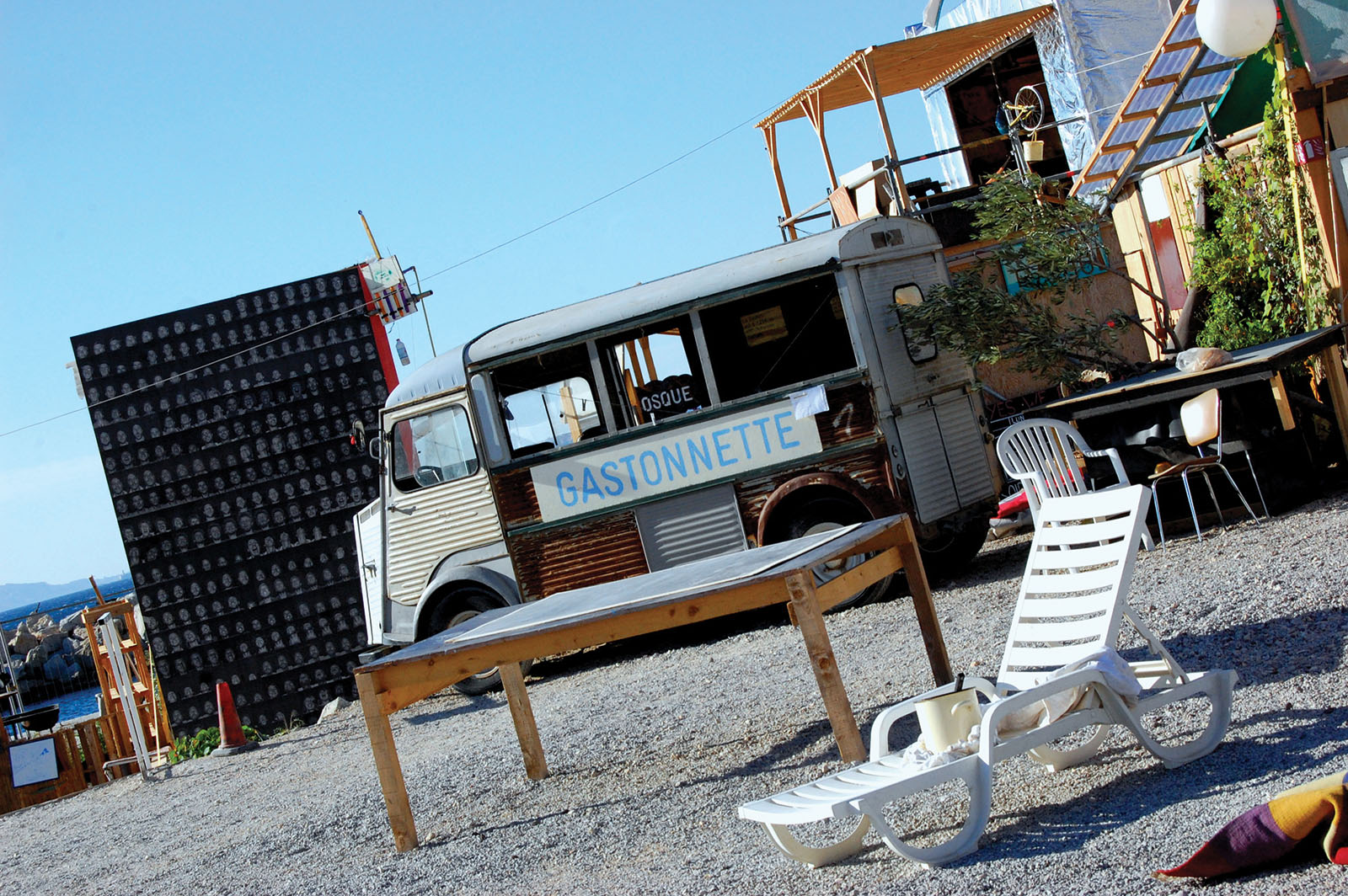Downloads
DOI:
https://doi.org/10.7480/spool.2016.2.1105Abstract
The presented paper builds on theoretical language borrowed from post-modern philosophy and humanist geography to investigate particular features of the artistic and participatory “Yes We Camp!” The article emphasizes a mutually reinforcing relationship between static properties of the site – its spatial organization, built environment and selection of materials – and its dynamic characteristics – social interactions, organizational form and the emotional resonance evoked in people. The paper shows that place particularity is symbolically conveyed by the spatial organization and built environment and is collectively lived and felt as a unique atmosphere. Thus, our understanding of particular places cannot be complete without accounting for the complex interactions between their spatial, material, social and human dimensions.
How to Cite
Published
License
Copyright (c) 2020 SPOOL

This work is licensed under a Creative Commons Attribution 4.0 International License.

References
Anderson, B. (2009). Affective atmospheres. Emotion, Space and Society, 2, 77-81.
Böhme, G. (1993). Atmosphere as the Fundamental Concept of a New Aesthetics. Thesis Eleven, 36, 113-126.
Böhme, G. (2006). Atmosphere as the subject matter of architecture. In Ursprung, P. (Ed.), Herzog & DeMeuron: Natural History (pp. 398-407). Zurich, Switzerland: Lars Müller Publishers.
Duff, C. (2010). On the role of affect and practice in the production of place. Environment and Planning D: Society and Space, 28, 881-895.
Foucault, M. (1984). Of Other Spaces: Utopias and Heterotopias. Architecture, Mouvement, Continuité, 5. Retrieved from http://web.mit.edu/allanmc/www/foucault1.pdf
Leatherbarrow, D. (2005). Architecture’s unscripted performance. In Kolarevic, B. & A. Malkawi (Eds.), Performative Architecture beyond Instrumentality (pp. 7-19). New York, NY: Spon Press.
Lefebvre, H. (1991). The production of Space. Oxford, United Kingdom: Blackwell.
Massumi, B. (2002). Parables for the Virtual: Movement, Affect, Sensation. Durham, NC: Duke University Press.
Rahim, A. (2005). Performativity: beyond Efficiency and Optimization in Architecture. In Kolarevic, B. & A. Malkawi (Eds.), Performative Architecture beyond Instrumentality (pp. 179-192). New York, NY: Spon Press.
Rodaway, P. (1994). Sensuous Geographies. London, United Kingdom: Routledge.
Thrift, N. (2004). Intensities of feeling: towards a spatial politics of affect. Geografiska Annaler Series B, 86, 57-78.



